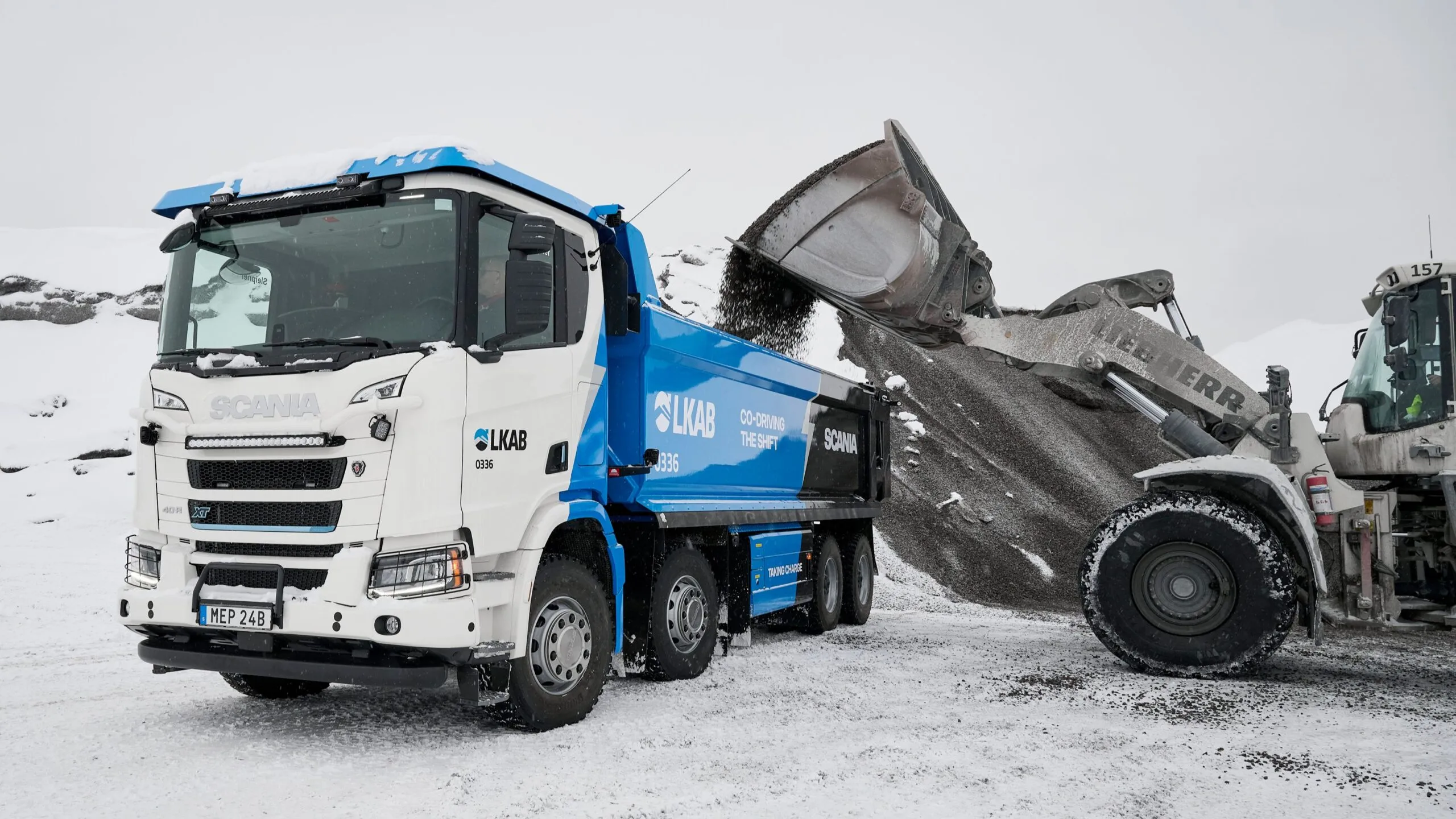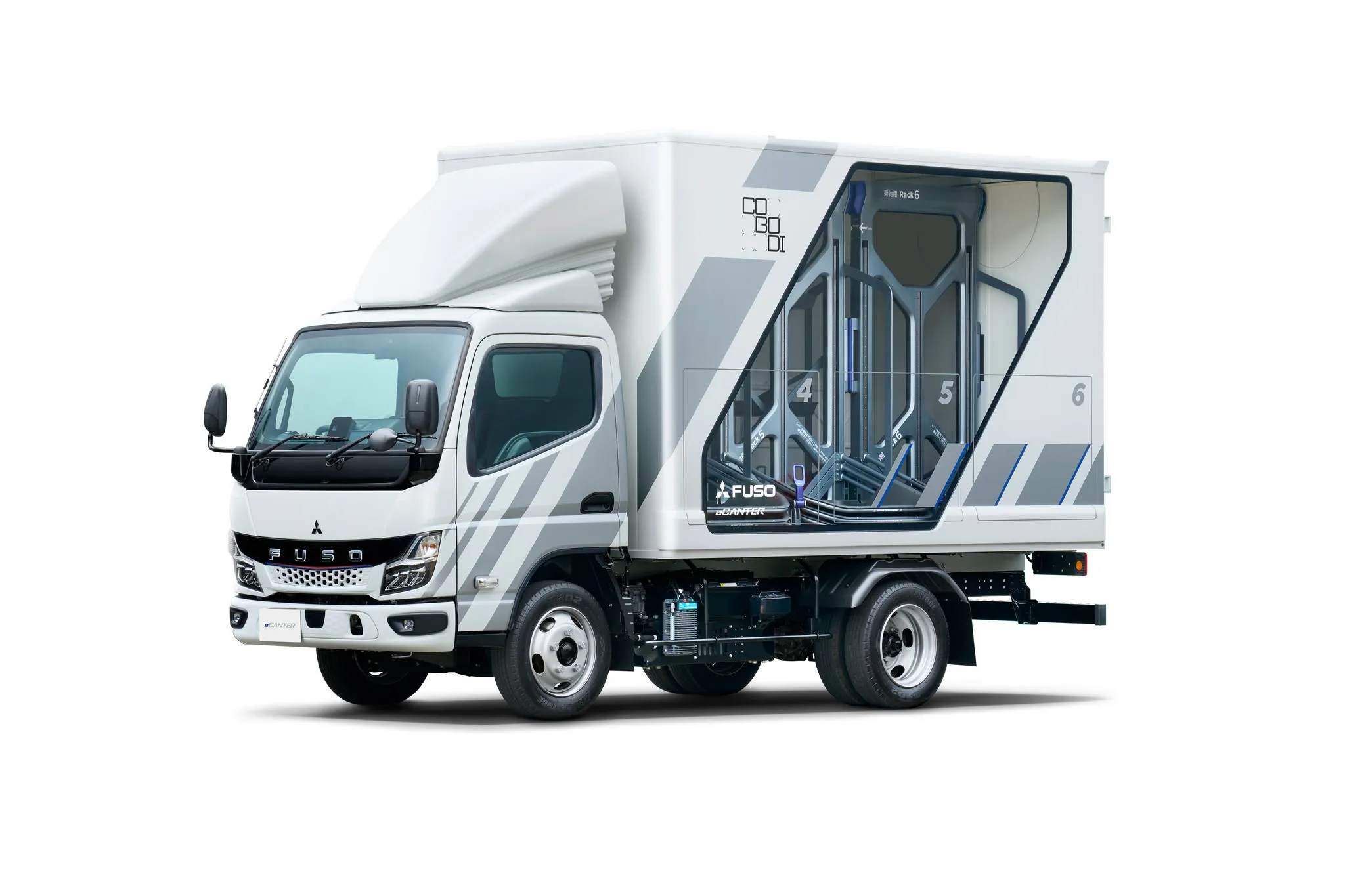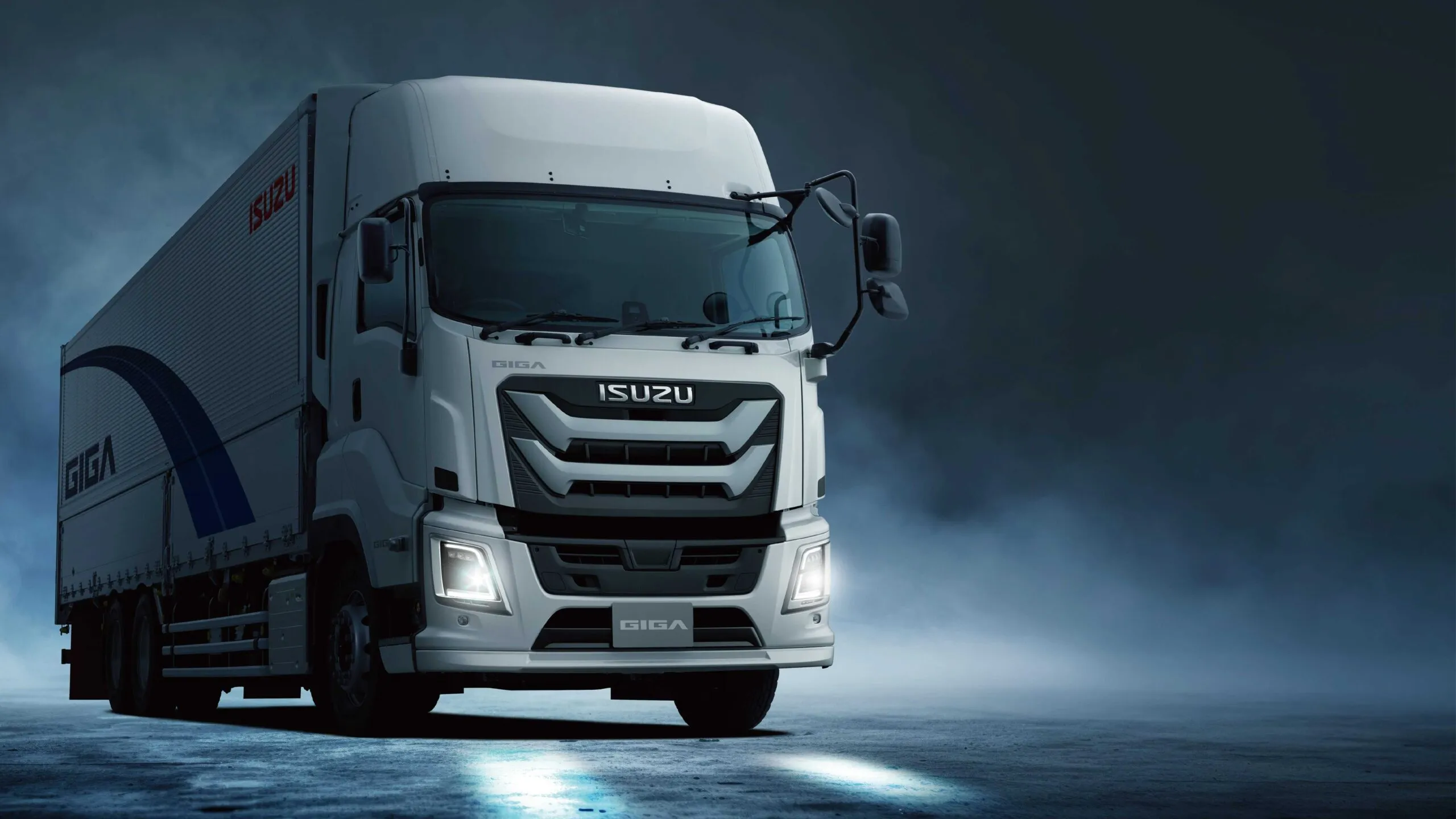With the new Servotwin system, Mercedes-Benz Trucks is introducing the next generation of its proven steering system with torque overlay. The system is used in vehicles with high front axle loads and offers a wide range of technical and functional advancements.
Multiple Benefits Offered with New System
Like its predecessor, the new Servotwin system is based on a dual-circuit steering setup with separate hydraulic and electric power supplies. It combines the steering torque applied by the driver with an electronically controlled supplementary steering torque – for maximum steering precision and finely adjustable control.
Steering precision has been further enhanced – especially at higher speeds, this results in noticeably smoother and safer handling. At the same time, the steering torque can now be metered even more precisely, further improving vehicle control in all driving situations.
An active steering wheel return automatically brings the wheel back to the centre position after cornering. This significantly relieves the driver and increases driving comfort – particularly in urban and distribution operations.
A new additional feature: via the driver instrument, the driver can choose between three modes, which differ in steering assistance and active return behaviour at speeds below 30 km/h. This allows the steering characteristics to be customised to individual preferences.
Straight-line stability has also been specifically improved. At higher speeds, the vehicle remains more stable in its lane and is less sensitive to ruts – a real benefit for long-distance applications.
Manoeuvring while stationary is particularly convenient. Thanks to the combination of hydraulic power assistance and an integrated electric motor, the vehicle can be steered with minimal effort even at low speeds or while stationary.
The play-free centre position of the steering system ensures a direct and controlled steering feel. The control unit automatically adjusts the level of steering assistance to the driving situation, ensuring excellent steering behaviour at both low and high speeds.
With the elimination of the previously required buffer battery, not only are maintenance costs reduced, but also the regular replacement that was necessary roughly every three years. This also results in a weight saving for the overall system compared to its predecessor.








